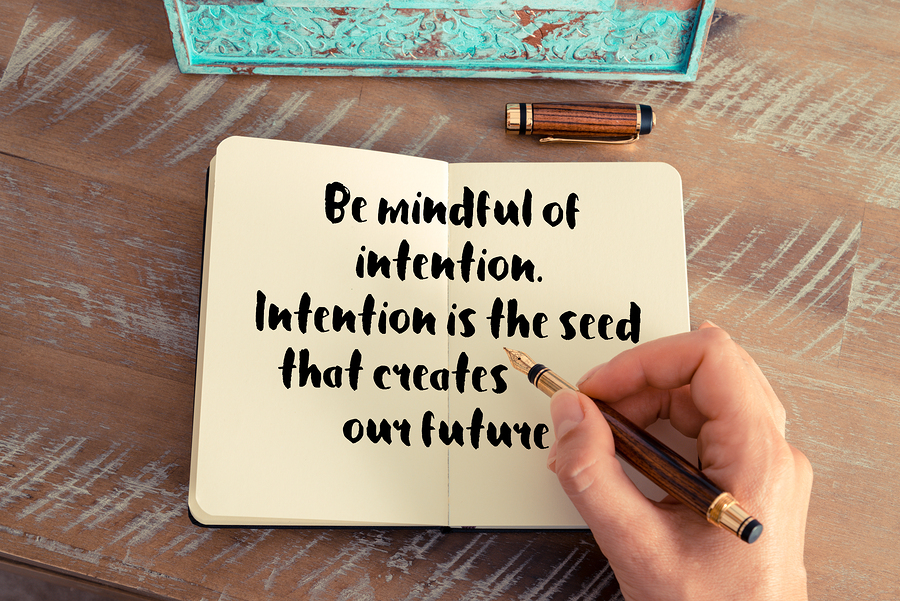The Art Of Setting Intentions: A Comprehensive Guide To Goal Setting For The New Year
The Art of Setting Intentions: A Comprehensive Guide to Goal Setting for the New Year
Related Articles: The Art of Setting Intentions: A Comprehensive Guide to Goal Setting for the New Year
Introduction
With enthusiasm, let’s navigate through the intriguing topic related to The Art of Setting Intentions: A Comprehensive Guide to Goal Setting for the New Year. Let’s weave interesting information and offer fresh perspectives to the readers.
Table of Content
The Art of Setting Intentions: A Comprehensive Guide to Goal Setting for the New Year

The transition into a new year is often accompanied by a surge of optimism and a desire for change. This period provides a unique opportunity for reflection and the setting of intentions for the year ahead. While the act of setting goals is often associated with the new year, it is a practice that can be undertaken at any time, offering a framework for personal and professional growth.
Understanding the Importance of Goal Setting
Goal setting is not merely about creating a list of aspirations. It is a deliberate process of defining what one wants to achieve and establishing a roadmap to reach those objectives. This process offers several benefits:
- Increased Motivation and Focus: Clearly defined goals provide a sense of direction and purpose, motivating individuals to take action and remain focused on their desired outcomes.
- Enhanced Productivity and Efficiency: Goals act as benchmarks, allowing individuals to prioritize tasks and allocate resources effectively, leading to improved productivity and efficiency.
- Improved Self-Awareness and Personal Growth: The process of setting goals encourages introspection, prompting individuals to identify their strengths, weaknesses, and areas for development, facilitating personal growth.
- Increased Accountability and Responsibility: Having written goals and sharing them with others can foster a sense of accountability, increasing the likelihood of achieving them.
- Greater Sense of Accomplishment and Satisfaction: Reaching goals, no matter how small, provides a sense of accomplishment and satisfaction, boosting self-esteem and overall well-being.
Crafting Effective Goals
Creating effective goals requires careful consideration and adherence to certain principles:
- Specificity: Goals should be clearly defined, avoiding vague or ambiguous language. For example, instead of "Get in shape," a more specific goal would be "Lose 10 pounds and increase cardiovascular fitness by running 3 miles three times a week."
- Measurability: Goals should be quantifiable, allowing progress to be tracked and measured. This ensures accountability and provides a clear understanding of whether the goal is being achieved.
- Attainability: Goals should be challenging but achievable. Setting unrealistic goals can lead to discouragement and demotivation.
- Relevance: Goals should align with individual values and aspirations, ensuring they are meaningful and motivating.
- Time-Bound: Goals should have a defined timeframe, creating a sense of urgency and providing a clear deadline for completion.
The SMART Framework
A popular framework for creating effective goals is the SMART model:
- Specific: Clearly define what you want to achieve.
- Measurable: Determine how you will track your progress.
- Attainable: Ensure the goal is challenging but achievable.
- Relevant: Make sure the goal aligns with your values and aspirations.
- Time-bound: Set a specific deadline for achieving the goal.
Developing a Comprehensive Plan
Once goals are established, it is crucial to develop a comprehensive plan for achieving them. This involves:
- Identifying Obstacles: Analyze potential obstacles that might hinder progress and brainstorm strategies to overcome them.
- Breaking Down Goals into Smaller Steps: Divide large goals into smaller, manageable steps, making the process less daunting and providing a sense of accomplishment with each milestone achieved.
- Creating a Timeline: Establish a timeline for achieving each step, providing a clear roadmap and a sense of urgency.
- Seeking Support: Identify individuals or resources that can provide support and encouragement throughout the process.
- Regular Review and Adjustment: Regularly review progress, identify areas for improvement, and adjust the plan as needed.
FAQs about Goal Setting
1. Is it necessary to set goals for the new year?
While setting goals is not mandatory, it provides a framework for personal and professional growth. It encourages reflection, promotes accountability, and fosters a sense of purpose and direction.
2. How many goals should I set?
The number of goals depends on individual preferences and capacity. It is advisable to start with a few achievable goals and gradually increase the number as experience is gained.
3. What if I fail to achieve a goal?
Failure is a natural part of the goal-setting process. It provides valuable learning opportunities and helps refine future goals. Instead of dwelling on setbacks, focus on identifying the reasons for failure and adjusting the strategy for future attempts.
4. How can I stay motivated?
Staying motivated requires consistent effort and a positive mindset. Visualize the benefits of achieving the goal, celebrate small victories, and seek support from others.
5. How often should I review my goals?
It is recommended to review goals at least quarterly, or more frequently if significant changes occur. This allows for adjustments based on progress and any unforeseen circumstances.
Tips for Effective Goal Setting
- Be Realistic: Set achievable goals that align with your capabilities and resources.
- Focus on the Process: Enjoy the journey and celebrate small victories along the way.
- Seek Feedback: Ask for feedback from trusted individuals to gain different perspectives and identify areas for improvement.
- Embrace Challenges: View obstacles as opportunities for growth and learning.
- Be Patient and Persistent: Achieving goals takes time and effort. Stay committed to the process and persevere through setbacks.
Conclusion
Setting goals is a powerful tool for personal and professional growth. By defining aspirations, developing a comprehensive plan, and embracing the process, individuals can achieve their objectives and live a more fulfilling life. Remember, the journey is just as important as the destination. Embrace the challenges, celebrate the victories, and continuously strive for improvement. The new year presents a unique opportunity to embark on this journey of self-discovery and achievement.








Closure
Thus, we hope this article has provided valuable insights into The Art of Setting Intentions: A Comprehensive Guide to Goal Setting for the New Year. We thank you for taking the time to read this article. See you in our next article!